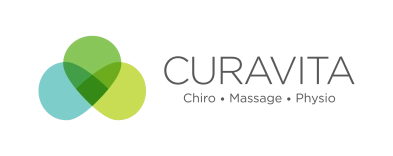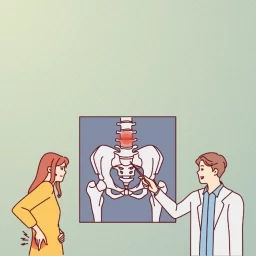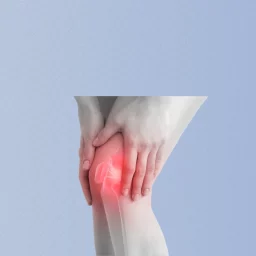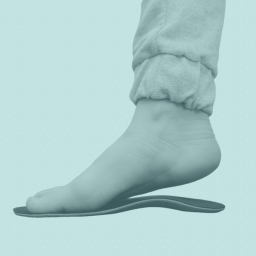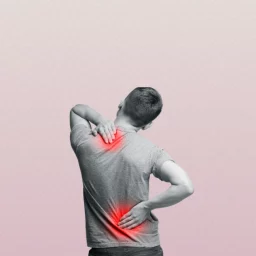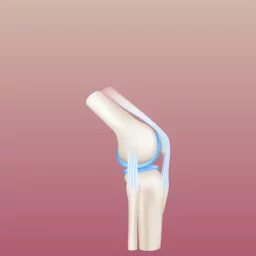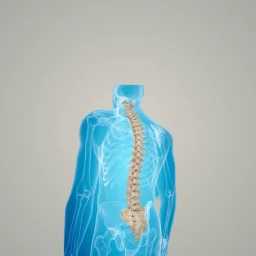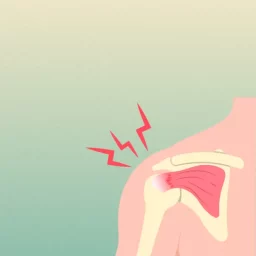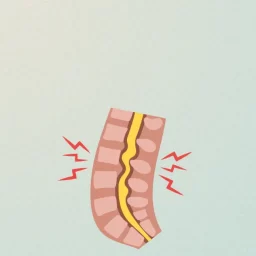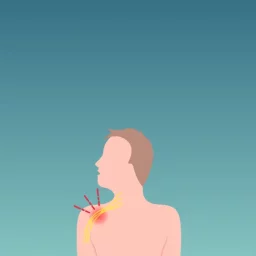What is Pediatric Torticollis?
Torticollis is when one side of the neck is much tighter than the other. This can occur in babies because of crowding while developing in utero or because of the birth process itself. When your child persistently tilts their head to one side, it is possible that they have torticollis. The word “torticollis” itself is derived from two Latin words; tortus and collum which when together mean “twisted neck”. This condition is also be referred to as wryneck.
Congenital Torticollis
The most common form of torticollis is congenital, which means present at birth.
Congenital torticollis often responds well to chiropractic care and physiotherapy. Alleviating muscle imbalance, and joint restriction, and providing parents with at-home exercises and repositioning advice typically lead to positive outcomes. Clinical presentation includes a limited range of motion of the neck, head tilt preference and occasionally a small pea-sized lump in the sternocleidomastoid muscles.
With congenital torticollis, plagiocephaly can also be a concern. Plagiocephaly is an asymmetrical head shape caused by consistently lying on one side of the head due to the inability to change positions easily due to neck tension. This can result in uneven forces pulling on the baby’s head which can lead to a flat spot and/or facial asymmetry. Depending on the resultant shape, the baby may fall under plagiocephaly, scaphocephaly or brachycephaly categories.
Infants with congenital torticollis are slightly more likely to have other musculoskeletal problems such as hip dysplasia. Firstborn children, males and those born with the assistance of forceps and vacuum extraction are also at higher risk for developing plagiocephaly.
For congenital torticollis, the following can contribute to the development of congenital torticollis:
- Baby position in utero
- Abnormal development of the SCM muscle
- Trauma/damage to the neck musculature during labour and delivery
- Multiple pregnancies can also increase the risk of one or both children developing torticollis due to crowding in utero
Acquired Torticollis
Acquired torticollis occurs later in infancy or childhood, typically after 4 months of age. It can come on slowly or suddenly and is not typically associated with facial asymmetry or acquired plagiocephaly. The causes for acquired torticollis can vary greatly and can run the spectrum from benign to more serious in nature and may also be related to other underlying health issues. Treatment is dictated by what underlying cause is identified.
Treatment
The treatment involves lengthening/stretching the SCM musculature while strengthening the opposite side of the neck which tends to become weaker. Limiting container usage (ie stroller, car seats, bouncy seats etc.) may also be recommended to reduce the chances of developing head and facial asymmetries related to plagiocephaly. Repositioning recommendations are also used. As a preventative approach to avoid constraints in utero, chiropractic, physiotherapy, and massage therapy techniques can be used during pregnancy.
Your healthcare provider can develop a care plan and work towards the goals set for your child.
For more information or to book an appointment with one of our chiropractors, physiotherapists or massage therapists, visit our clinic websites at Curavita Byward and Curavita Glebe.
